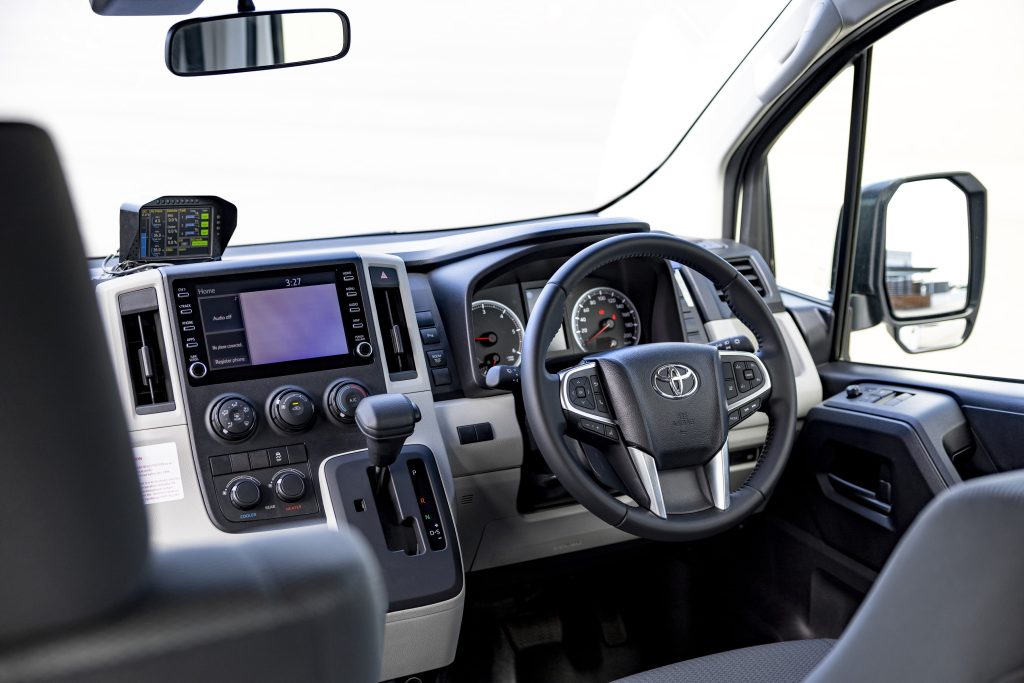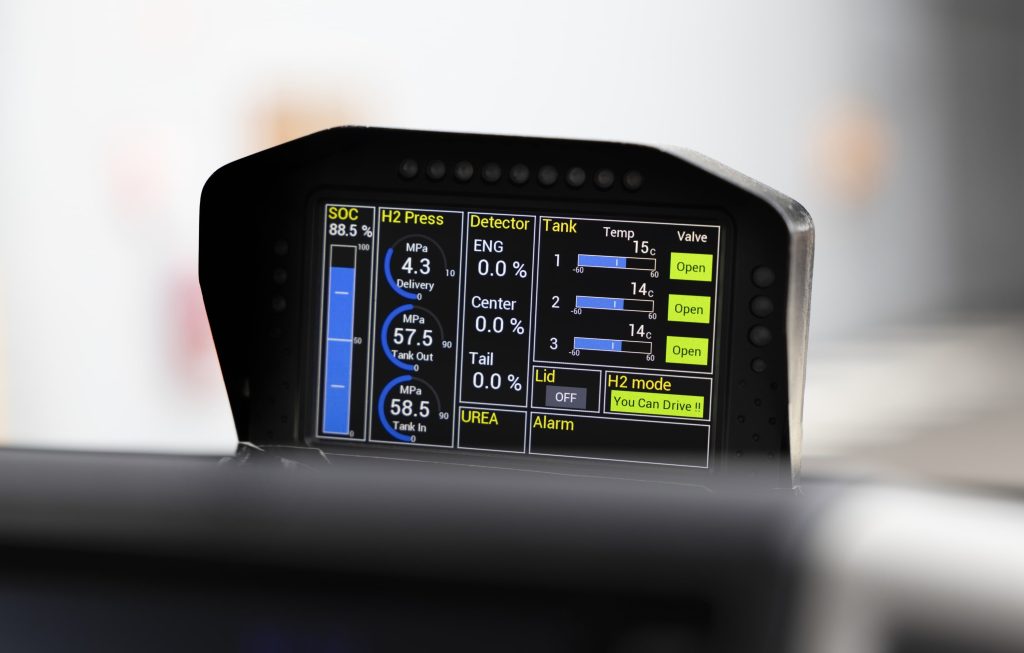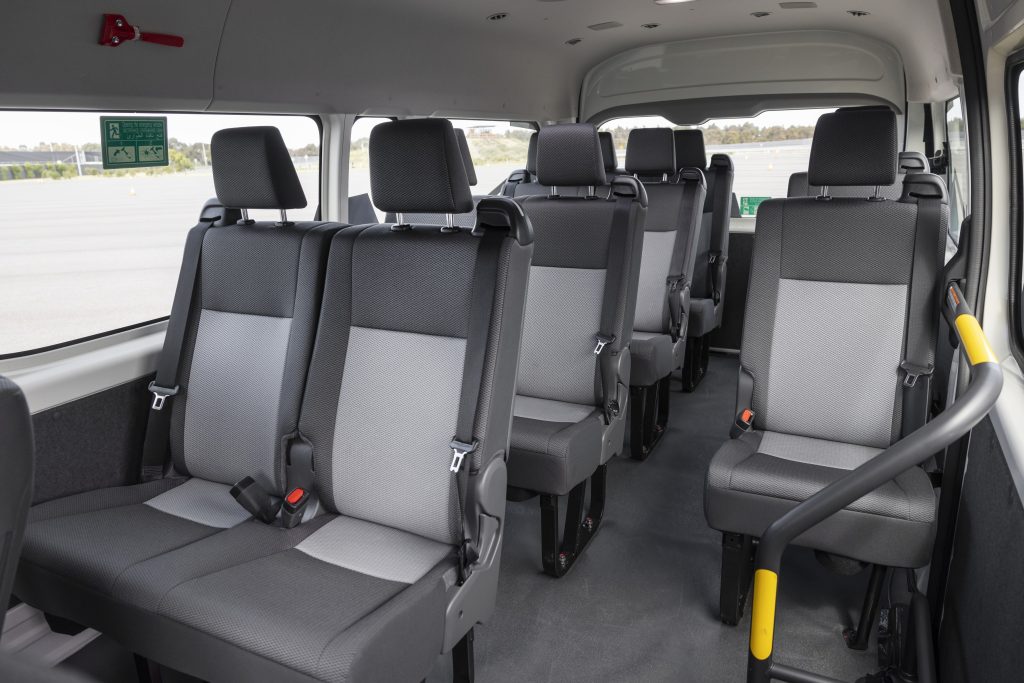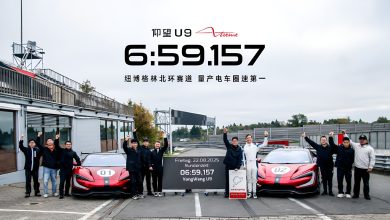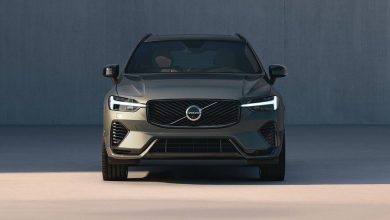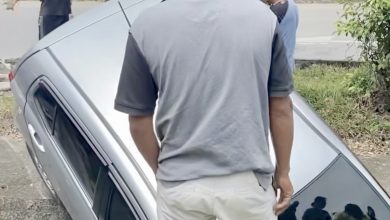Toyota Just Stuffed A H2-Fuelled Land Cruiser V6 Into A HiAce
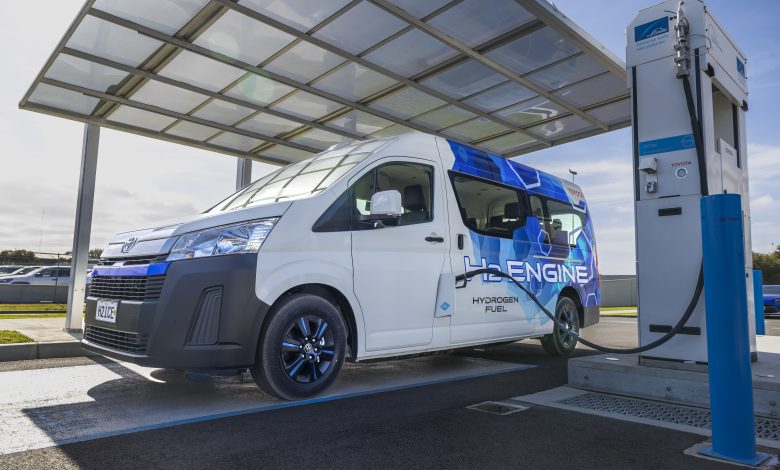
This hydrogen-combusting Toyota van has been launched as part of a pilot program down under.
While many automakers have perhaps given up on the hydrogen dream, Toyota is nevertheless ploughing on in its automotive experimentations with the gas to further its green goals. The latest of which is to be this HiAce van, which has recently been revealed in Australia featuring a H2-combusting version of a turbocharged V6 typically found in the new Land Cruiser.

Yes, under the hood of this van lies a 3.4-litre twin-turbo V6 that burns hydrogen instead of petrol. Though given the novelty of its H2-combusting nature, this six-pot, which typically produces 409 hp and 650 Nm in the Land Cruiser, has been detuned slightly to only output 161 hp and 354 Nm in this particular prototype application.
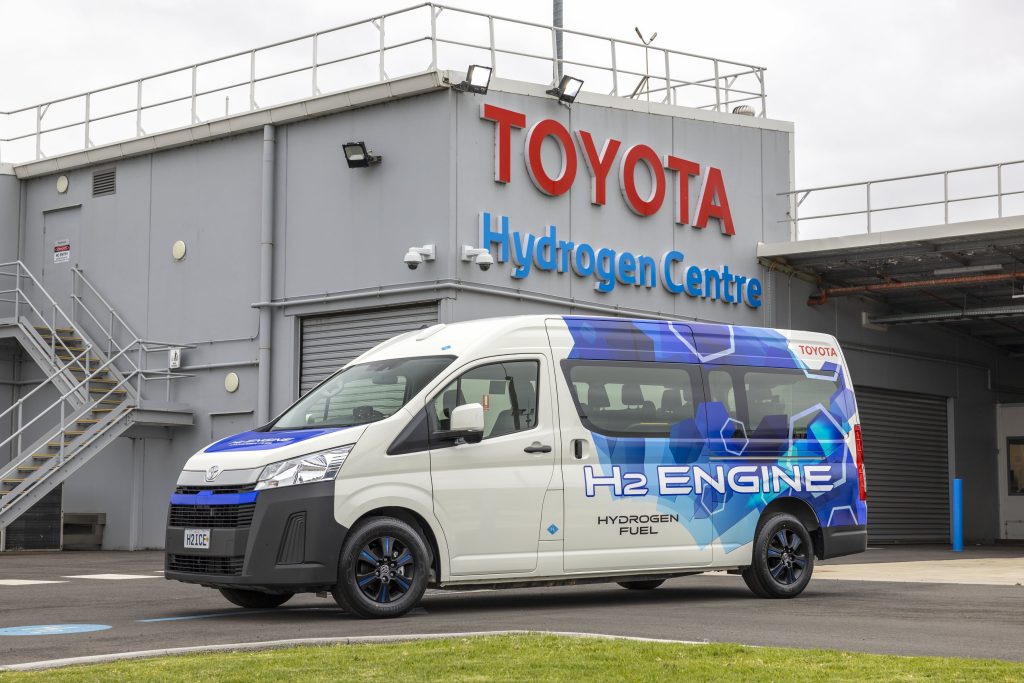
Also unlike the Land Cruiser’s typical 1,000 km range capability from its 110 litre fuel capacity, the three hydrogen tanks borrowed from the second-generation Mirai and mounted underneath the floor of this HiAce will only yield a paltry range of 200 km. Though this should still be more than enough to successfully accomplish its goal of this pilot program down under, which is to be used by CPB Contractors to transport workers from various points across a major infrastructure project in Melbourne.
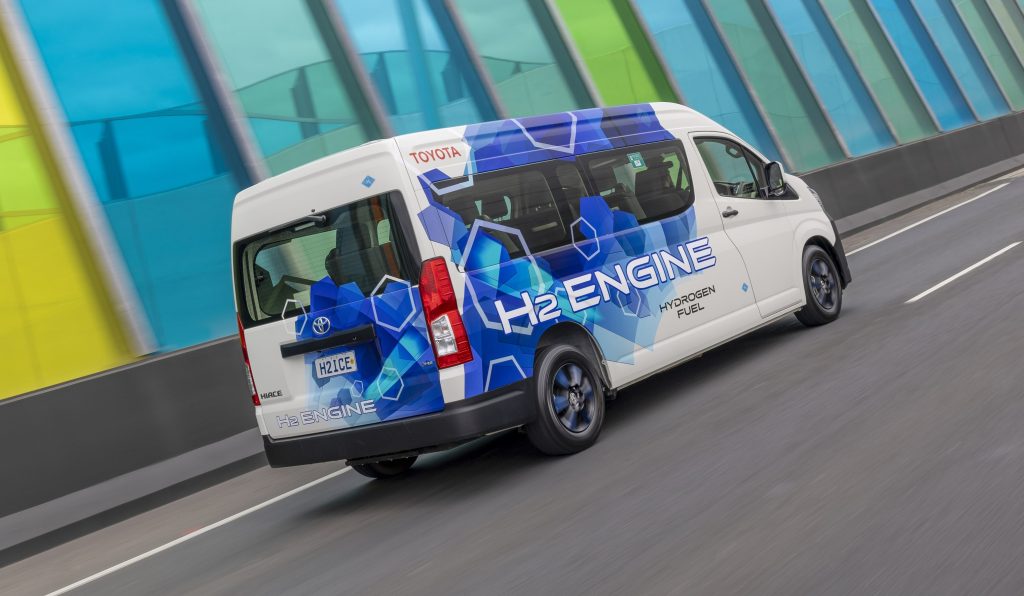
Imaginatively dubbed as the Hydrogen HiAce, the reason why Toyota has launched this prototype is to fast-track the development of this new H2 powertrain and further its multi-pathway approach to decarbonisation. The Japanese automaker says it’s not only looking to optimise packaging to boost fuel storage with this particular test, but is also tweaking the combustion process and even exploring the possibility to add hybrid technology.
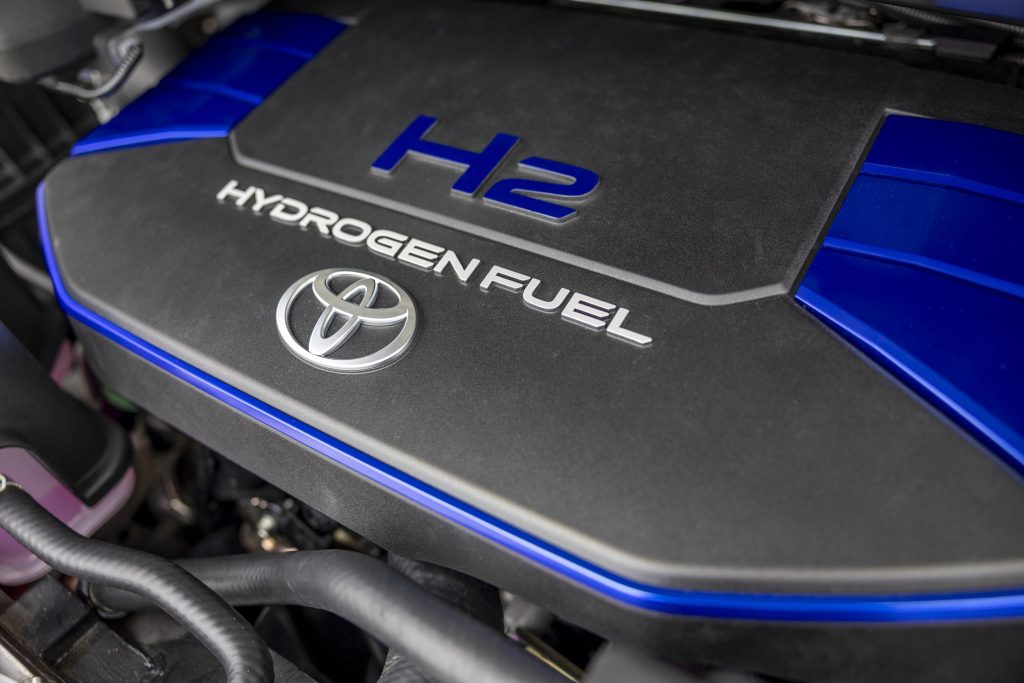
Toyota had previously begun development of its hydrogen-fuelled internal combustion engine technology in Japan in 2017. Said technology developed was then transferred onto a turbo three-pot found in a GR Yaris, which in turn was stuffed into a Corolla Sport that raced in four rounds of the Japanese Super Taikyu racing series. The Japanese automaker has also previously partnered with Yamaha to develop a purely H2-burning 5.0-litre V8 that has its origins from a Lexus RC-F.

Now it is nevertheless worth noting on the green front that while the hydrogen-combustion process results in almost zero CO2 tailpipe emissions, Toyota themselves admit that igniting hydrogen in the engine does still generate small amounts of oxides of nitrogen (NOx). A selective catalytic reduction system however could reduce said emissions to meet the Euro VI emission standards.
The Japanese automaker believes that this technology could serve a niche in towing or cargo haulage, with Toyota even hinting at the reveal of this Hydrogen HiAce that a H2-combusting Land Cruiser could be a distinct possibility in the future. That said, a fully EV variant of its iconic SUV will likely arrive before that becomes a commercial reality.


